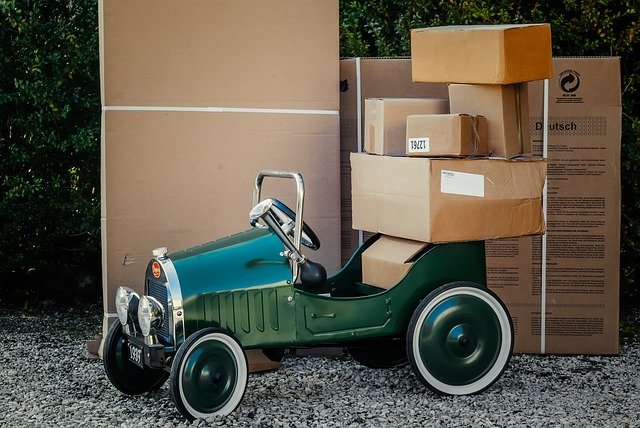Moving Truck Rental: A Practical Guide for Household Relocation
Choosing the right moving truck rental can simplify a relocation and reduce stress on moving day. This guide explains how truck rentals work, what to consider when planning a move, and practical steps to protect household goods during transit. Whether you’re coordinating a short local move with local services or planning a longer one, clear planning around timing, vehicle size, loading strategy, and insurance helps you get reliable results without surprises.

What truck size do I need?
Truck size matters for loading efficiency and safety. Rental companies typically offer compact vans, medium box trucks (10–16 feet), and large trucks (20–26 feet). A studio or one-bedroom household often fits a 10–12 foot truck; two to three bedrooms generally need a 16–26 foot option. Consider large items (wardrobes, appliances) and stair or driveway constraints that might limit access. Measure key furniture and doorways, and make a floor-plan load order: heavy items first, mattresses upright, and boxes stacked to a stable height. Reserve a slightly larger vehicle if you expect to pack densely.
How to plan a moving timeline for moving day?
A practical timeline reduces bottlenecks on moving day. Start by booking your truck well in advance, especially during weekends or the summer peak. Confirm pickup and dropoff windows and factor in buffer time for traffic and loading. On the day, allocate three blocks: pre-loading (clearing paths, disassembling furniture), active loading (teamwork, anchoring loads), and travel/unloading. Recruit helpers or choose additional loading assistance from the rental provider if needed. Keep an essentials box in the cab for immediate access. Communicate arrival estimates with any friends helping and with building management if you need elevator reservations.
What to consider during relocation logistics?
Relocation logistics cover permits, fuel, and route planning. If you’ll park a truck on a busy street or in a permit zone, check local services for required permits or temporary no-parking signs. Calculate fuel stop needs—many rental trucks require the same type of fuel as cars, but larger models can consume more. Assess road restrictions such as low bridges or narrow residential streets that could affect a larger truck or lorry. For long-distance relocation, confirm overnight parking safety, and understand the rental’s mileage policy to avoid unexpected fees. Keep documentation (rental agreement, insurance info, ID) accessible.
How to protect household items in transit?
Protecting household goods reduces damage risk and speeds unloading. Use moving blankets, straps, and corner protectors for furniture. Wrap fragile items in bubble wrap and place them in labeled boxes with cushioning. Load heavy items like appliances and dressers first and secure them to prevent shifting; place lighter boxes on top. For electronics, use original packaging if available; otherwise, use strong boxes and padding. Maintain an inventory and photograph high-value items before loading. If you’re shipping or storing items separately, confirm transfer handoffs with receipts and condition notes.
When is a lorry preferable to a small truck?
A lorry or large box truck is preferable when moving a large household, packing bulky furniture, or transporting items in a single trip. Lorries typically offer more cargo volume and higher payload capacity than small trucks or vans, reducing the need for multiple trips. They can be less maneuverable and may require wider access and parking arrangements, so evaluate site constraints first. For multi-stop relocations, smaller trucks may save fuel and ease parking. Balance cost, access, and the amount of goods: a lorry makes sense if consolidation and load stability are priorities.
Conclusion
Renting a moving truck is a manageable part of relocation when you plan vehicle size, timing, logistics, and packing strategy ahead of time. Assess access and permit needs, protect household goods effectively, and choose the vehicle type that suits the volume and route of your move. Clear communication with rental staff and anyone helping on moving day reduces delays and helps your move proceed smoothly.






